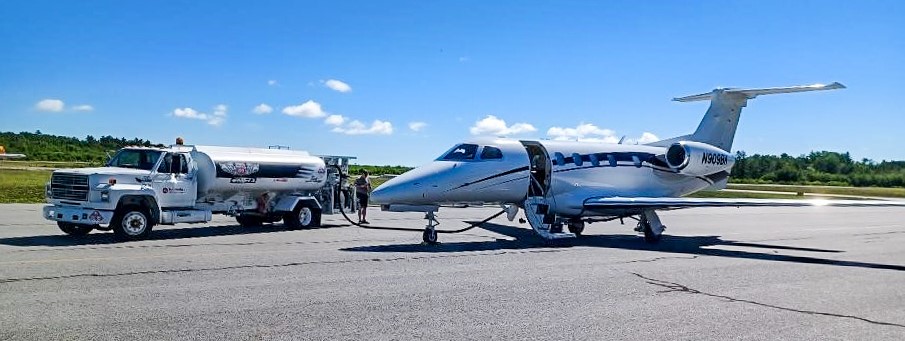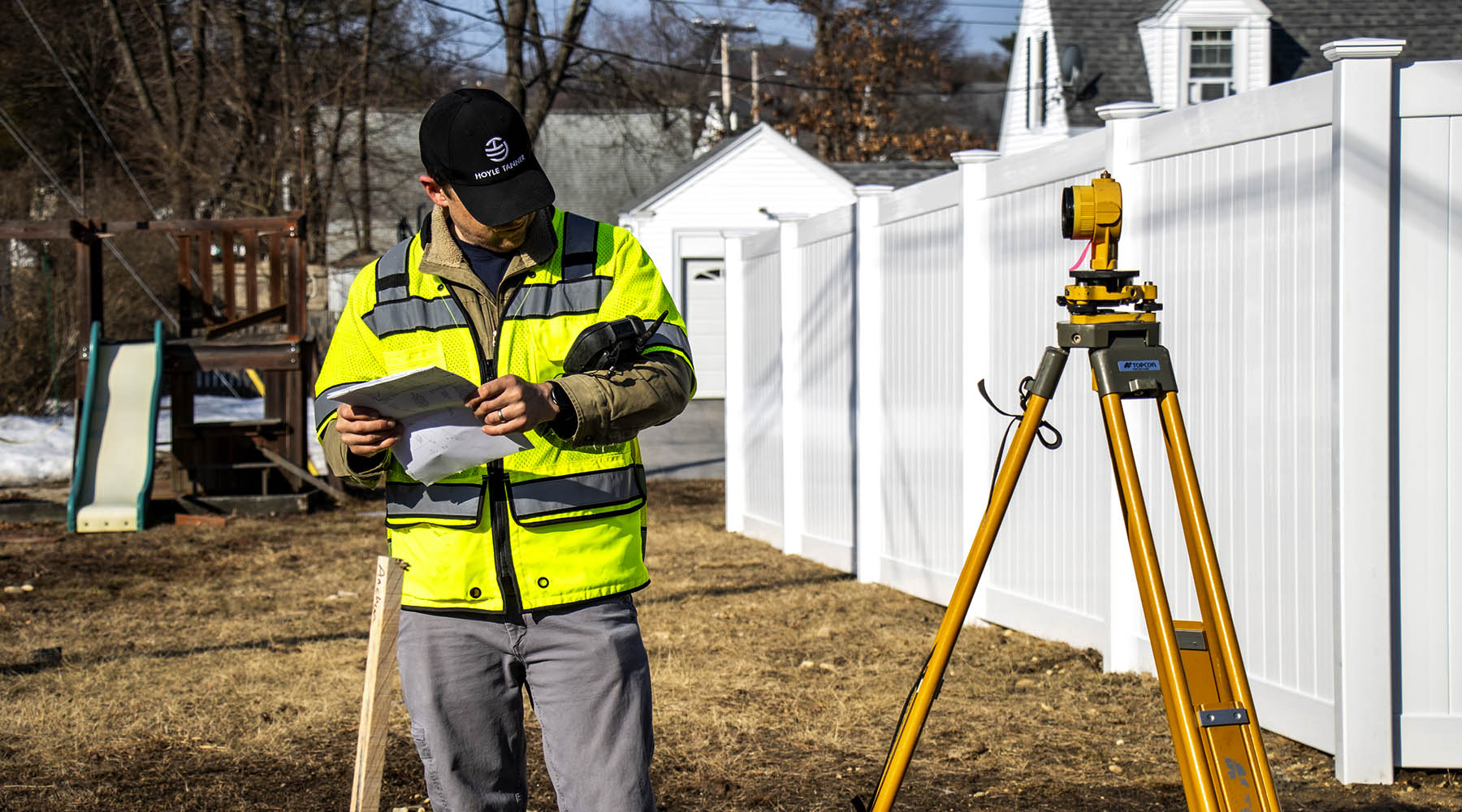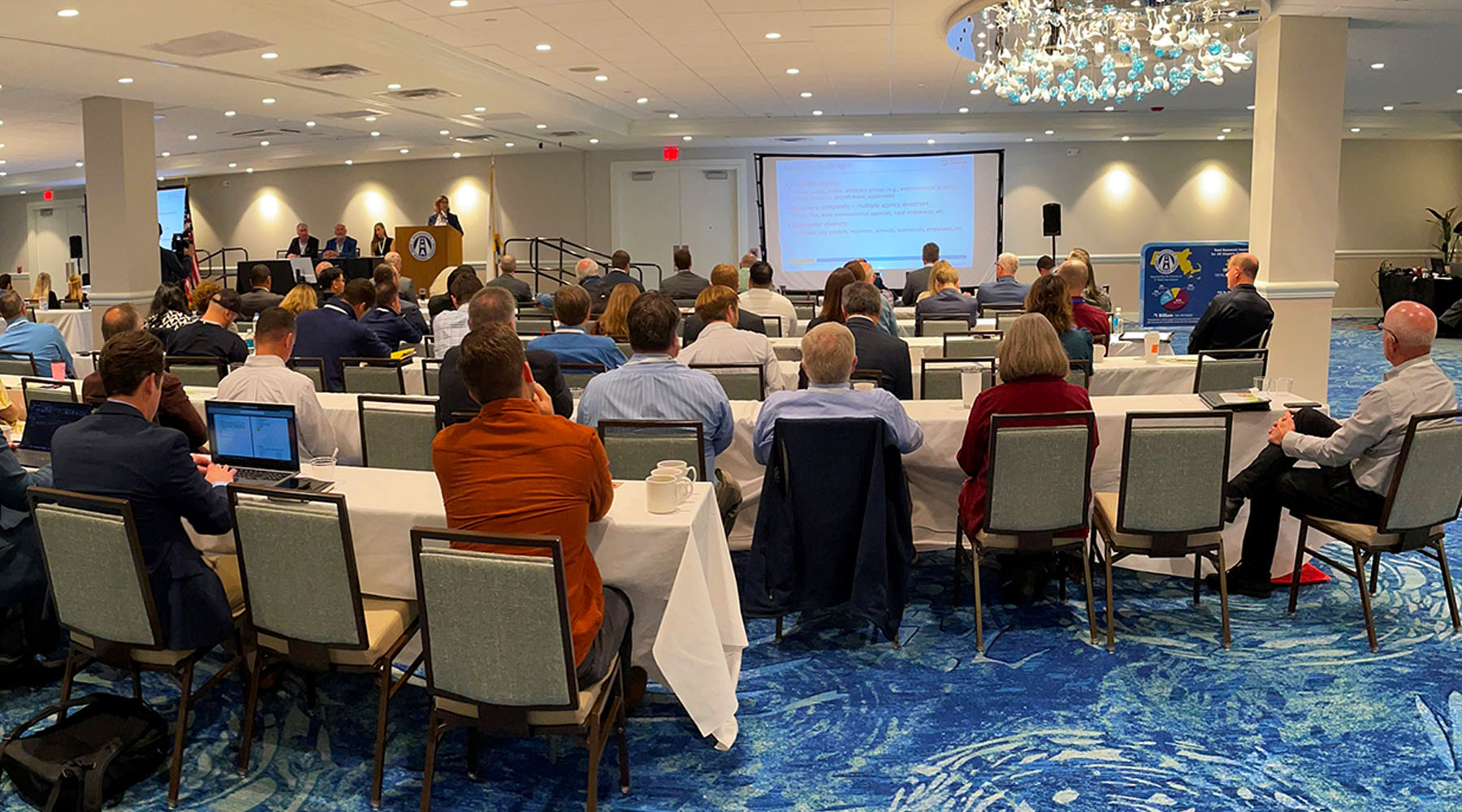Spring is just around the corner! Temperatures are finally climbing above freezing, and patches of bare ground are showing up all over our communities. When we emerge outside from our winter hibernation, we can hear birds singing, and there is a sense of impatience and excitement in the air. Amphibians like frogs and salamanders are sensing these changes, too, and they’re getting ready to make their move to their favorite vernal pools!
What is a vernal pool?
Vernal pools are isolated bodies of water that appear in the spring in the glaciated northeastern portion of North America. They fill with water from snow melt and rising water tables in the spring, and a typical vernal pool will dry up between early and mid-summer. Vernal pools’ importance centers around the organisms that use them for breeding. A unique assemblage of amphibians, reptiles, and invertebrates migrate and/or become active in vernal pools in the earliest days of the spring, and as the days pass and the weather gradually warms, that assemblage grows and changes dramatically. Each pool has its own unique food chain, and that food chain can change from day to day based on the individual organisms’ growth, development, and available resources.
What species are found in vernal pools?
The most familiar species found in vernal pools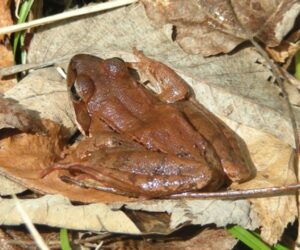
A wide variety of invertebrate species also use vernal pools as part of their breeding and development process. Well-known invertebrate species of vernal pools include dragonfly and damselfly larvae, predaceous diving beetle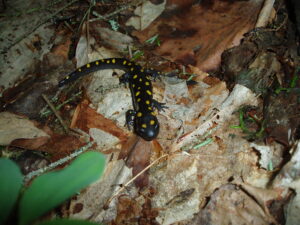
The absence of certain types of organisms is also critical to the breeding success of vernal pool species. Fish and other large predators such as bullfrogs requiring permanent bodies of water tend to be excluded from vernal pools, because the pools dry up in a typical year. The absence of these predators is critical for the survival of the amphibians and invertebrates above.
Why is each vernal pool so different?
Many factors determine the species composition of a vernal pool. Limitless combinations of these factors create limitless unique food chains. Three such factors include hydroperiod, or the amount of time a vernal pool takes to dry up each year, water temperature, and surrounding upland habitat. Both hydroperiod and water temperature can drive the speed at which organisms grow and develop. In warmer waters, development proceeds more rapidly than in cold waters, and development also has been shown to accelerate as a pool is about to dry up. Hydroperiod also dictates which species are able to complete their development in a given pool. For example, spotted salamanders require long hydroperiod pools, because they take longer than wood frogs to reach metamorphosis. The surrounding habitat affects species composition of vernal pools both indirectly by impacting water temperature and also directly by providing food resources of varying quality to the organisms of vernal pools.
Hoyle Tanner’s work spans from woods to suburban areas to cleared airports. Our staff has the expertise to survey vernal pools with a variety of characteristics and help our clients meet local, state, and federal permitting requirements for their protection. If you have any questions about environmental permitting or projects that may need vernal pool protection, reach out to me. We’re looking forward to seeing you out there!


